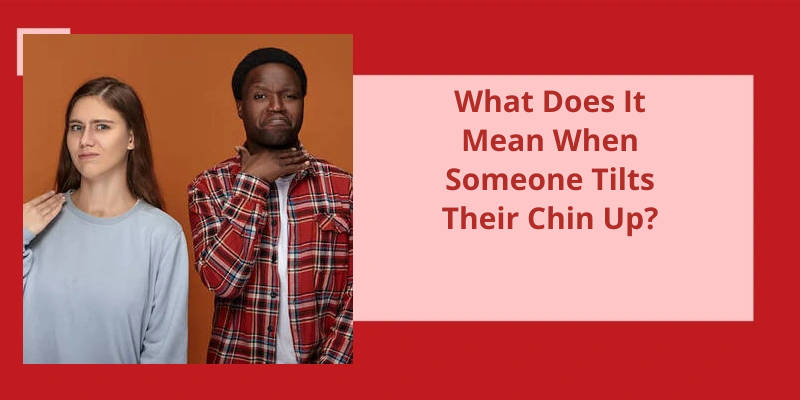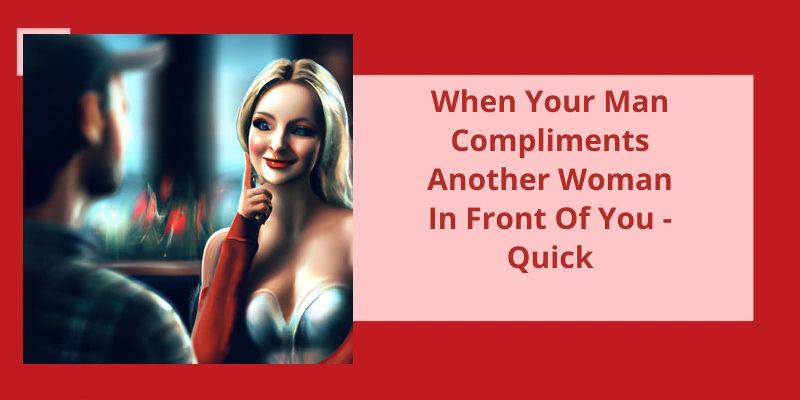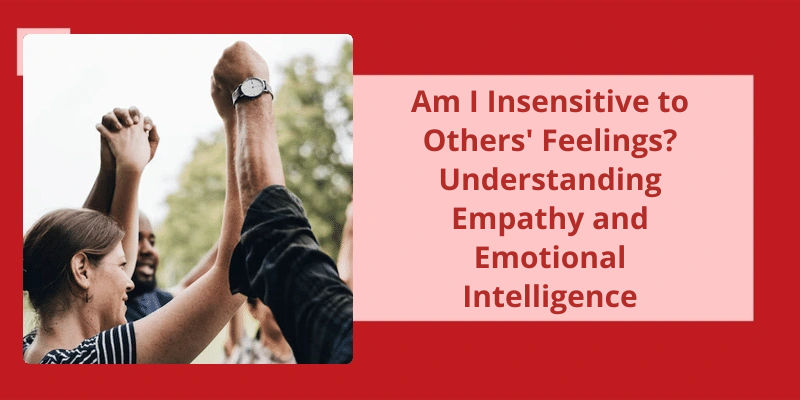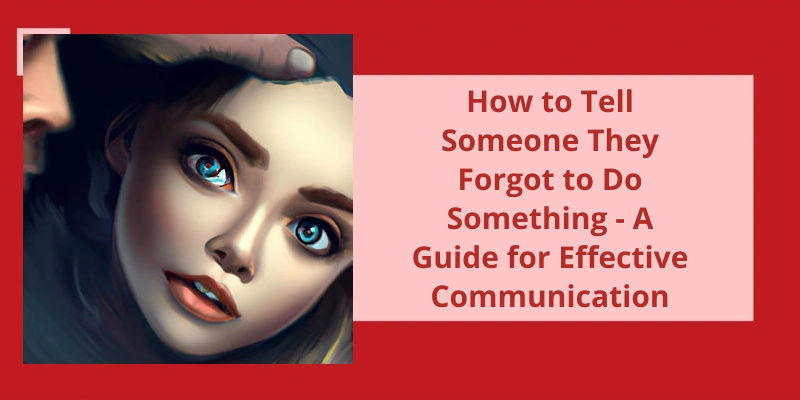When observing human body language and facial expressions, a slight movement of the chin can often reveal deeper meanings and intentions. One such gesture is when someone tilts their chin up. The act of tilting the chin upwards can convey a sense of defiance or confidence, as it elevates the line of sight and symbolizes a position of superiority. This subtle movement can be seen as an assertion of power or self-assurance, allowing individuals to subtly communicate their inner strength and determination. On the other hand, when someone tilts their chin down, it may convey disapproval or an underlying sense of criticism. This downward angle can signal a lack of interest or even a form of mild rejection. Additionally, the movement of one's head can also provide crucial clues about their thoughts and feelings. Directly facing someone with an aligned head signals interest and engagement in the conversation, while a shaking head typically signifies disagreement or dissatisfaction. By understanding these nuanced movements, we can gain valuable insights into the rich tapestry of nonverbal communication, allowing us to better navigate social interactions and understand the unspoken messages hidden within simple gestures.
What Does It Mean When Someone Lifts Their Chin Up?
When someone tilts their chin up, it can convey various nonverbal messages depending on the context and accompanying cues. If the chin is lifted above the horizontal, it often signifies an expression of superiority, fearlessness, or arrogance. This gesture showcases a sense of dominance and self-assurance, as the person presents themselves as confident and in control. Their elevated chin can suggest a position of power and authority, and they may want to establish their dominance in a social or professional setting.
Additionally, lifting the chin up can also be an unconscious reflex of defiance or resistance. It serves as a subtle signal of opposition or rebellion against someone or something. The person may be challenging authority or expressing their dissent, subtly asserting their independence and refusing to conform.
However, it’s crucial to consider the accompanying nonverbal cues such as facial expressions, body language, and tone of voice to accurately interpret the meaning behind the chin-up gesture. While it commonly denotes superiority or arrogance, it’s essential not to jump to conclusions solely based on this single cue. Understanding the context and individual differences is important to fully comprehend the intended message.
To achieve a more flattering angle in photos, many experts recommend tilting your head slightly downward and angling your jaw. By elongating your neck and ensuring your eyes are straight into the camera, this small adjustment can help prevent the appearance of a double or triple chin. According to Lannes, many people find that a slight tilt downward brings out their best features in photographs.
Should You Tilt Your Head in Photos?
When someone tilts their chin up in a photo, it can often convey a sense of confidence and poise. It’s a subtle way of asserting dominance and commanding attention. However, the decision to tilt your head in photos should be a personal one, as it can greatly impact the overall look and feel of the image.
To avoid a double (or triple) chin in photos, some experts suggest tilting your head slightly down. This helps to elongate the neck and create a more flattering angle for the jawline. By angling the jaw down just a touch, you can achieve a more defined and sculpted look. It’s important to find the right balance though, as angling the jaw too far down can create an unnatural and unflattering appearance.
Many people find that they look good with their head tilted slightly down and their eyes straight into the camera. This can create a sense of intimacy and connection with the viewer. It also helps to highlight the eyes and facial features, drawing attention to the areas that you want to emphasize.
Understanding the subtle nuances of body language can provide valuable insights into human communication. Amongst the various gestures and movements, the tilt of the head holds a significant meaning. Tilting the head to one side may indicate interest, displaying an openness to listen and engage. However, a downward head tilt conveys skepticism, revealing a moment of reevaluation and doubt regarding the information received. A cautious observer will recognize this as an opportunity to clarify and reassure, ensuring effective communication.
What Does Head Tilt Mean in Body Language?
Head tilting in body language can convey various meanings and intentions depending on the direction and angle. When someone tilts their chin up, it often signifies a display of confidence, superiority, or defiance. It can be interpreted as an attempt to assert dominance or challenge the authority of the person they’re interacting with. This deliberate movement may indicate a desire to project a sense of power or control over a situation.
It may signal a sense of satisfaction or accomplishment, as if the person is basking in their own achievements. This upward head tilt can also signify a certain level of arrogance or conceit.
The head tilt down can also indicate a lack of confidence or uncertainty. It may suggest that the person isn’t fully convinced or is seeking more clarity before making a decision. This gesture can be observed when someone is deep in thought, pondering their options, or contemplating a complex matter.
Source: Body Language – Head Positions – Tutorialspoint
Therefore, during our photoshoot, we experimented with different poses and angles to capture the desired effect. One technique that seemed to capture the client’s friendly and approachable demeanor was tilting her head. This subtle gesture not only made her look open and welcoming but also conveyed her attentiveness as a good listener. However, we’d to be mindful of the potential downside of this pose – it could be interpreted as submissive. Therefore, we struck a balance between the desired effect and maintaining a professional image.
What Does It Mean When Someone Tilts Their Head in Pictures?
One of the most common gestures seen in photographs is the head tilt. It conveys the message that the person is a good listener and is interested in what others have to say. The head tilt creates an inviting and warm impression, making others feel comfortable around them.
However, it’s important to note that the head tilt can also be interpreted as a submissive gesture. It can inadvertently convey a sense of vulnerability or uncertainty. While it may project a happy and relaxed attitude, it could potentially be misinterpreted, especially in professional contexts where assertiveness is valued.
Despite this drawback, the head tilt can be an effective tool for creating a positive and approachable image. For example, a client who desired not-so-serious business portraits could benefit from incorporating a head tilt in their photographs. By doing so, they’d appear friendly and amicable, which can strengthen relationships and encourage potential clients or colleagues to engage with them.
The Potential Gender Differences in Head Tilting Behavior and How It May Be Perceived Differently for Men and Women
- Research findings on gender differences in head tilting behavior
- Possible explanations for gender differences in head tilting
- Cultural influences on the perception of head tilting behavior
- Stereotypes and assumptions about head tilting for men and women
- The role of body language in gender communication
- Implications for gender equality and workplace dynamics
Head tilt is a common phenomenon observed in many individuals, with the majority of cases being attributed to torticollis. However, there are instances where a head tilt may stem from other underlying causes, including hearing loss, eye misalignment, reflux, infections, or in rare cases, a brain tumor. Understanding the various reasons behind this peculiar behavior can help shed light on why some people consistently tilt their heads.
Why Do Some People Always Tilt Their Head?
One possible explanation for why some people always tilt their head is a condition called torticollis. It’s often caused by muscle spasms or abnormalities in the neck muscles. This can result in the head being held in an abnormal position, such as tilted to one side. In some cases, this tilt may be more noticeable or consistent, leading to a person always tilting their head.
For example, hearing loss may cause someone to tilt their head in order to better hear sounds. Misalignment of the eyes can also lead to a head tilt as the person tries to align their vision. Reflux, which involves stomach acid flowing back into the esophagus, can cause discomfort or pain in the throat, leading to a head tilt as a way to alleviate the symptoms.
Furthermore, a throat or lymph node infection may result in a person tilting their head. Infections in these areas can cause pain, swelling, or discomfort, which may lead to a head tilt as a protective mechanism or a way to relieve the symptoms. However, it’s important to note that these reasons are relatively uncommon compared to torticollis.
Lastly, while extremely rare, a head tilt can also be a sign of a brain tumor. Brain tumors can cause various neurological symptoms, depending on their location and size.
Head Tilting in Infants and Children: Examining Why Infants and Young Children Often Exhibit Head Tilting Behaviors, and Whether These Behaviors Require Medical Attention or Typically Resolve on Their Own.
- Introduction
- Understanding head tilting in infants
- Causes of head tilting in infants
- Developmental milestones and head tilting
- When to seek medical attention
- Management and treatment options
- Conclusion
Conclusion
In conclusion, the gesture of tilting one's chin up can convey a variety of meanings depending on the context and accompanying cues. Conversely, tilting the head down suggests disapproval or submission, conveying a lack of agreement or satisfaction. Furthermore, shaking the head from side to side denotes disagreement or a negative response. These subtle movements and positions of the head and chin serve as nonverbal communication cues, offering insights into an individual's thoughts, emotions, and intentions. Understanding the meaning behind these gestures can greatly enhance our ability to interpret and engage in effective interpersonal communication.






